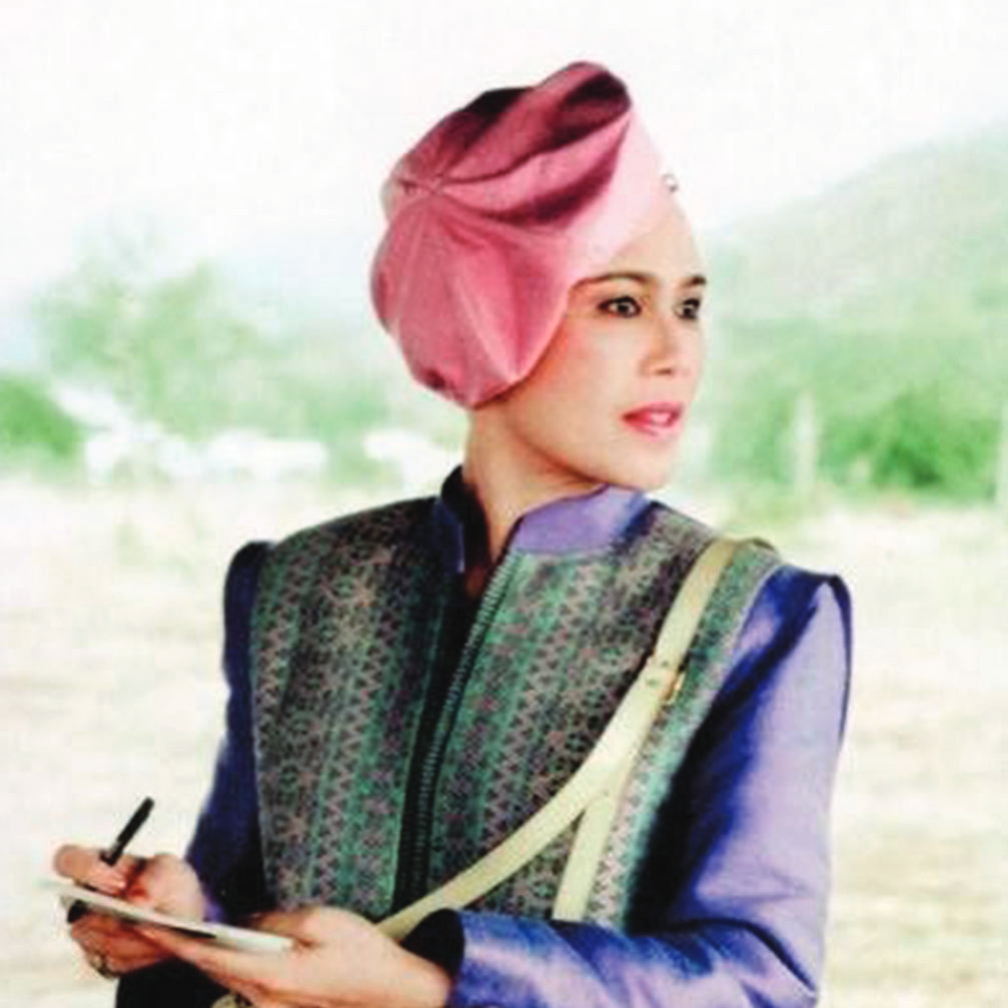
Royal Aspirations of Queen Sirikit, Her Majesty the Queen The Queen Mother
"Upon initiating my art and crafts support endeavor, I intended to recruit a career for the poor peasants, to feed themselves as a preliminary basis, as I had the opportunity to follow His Majesty, who has visited the countryside for decades. I have found that most of them are hardworking farmers and face obstacles from natural disasters such as droughts and floods, pest infestations, etc., making these peasants and planters become handicraftsmen as they need to make their own clothes in everyday life.
This inspired me to start promoting silk weaving, so as to allow peasants to utilize their own talents, to enhance their well-being, and to increase the dignity and pride of their work, eventually becoming The Support Foundation of Her Majesty Queen Sirikit of Thailand..."
The royal address at the opening ceremony of "Asia's Textile Heritage: Handicrafts and Industries" on January 30, 1992.
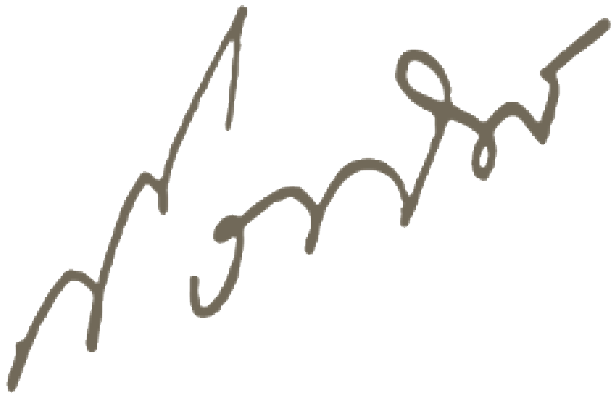
Her Majesty Queen Sirikit, The Queen Mother has been pleased with the use of Thai silk since Her Majesty became M.R. Sirikit Kitiyakorn, with the use of Mudmee silk for Her Majesty dress during attending His Majesty the King Maha Bhumibol Adulyadej Maharaj Borommanatbophit, in many royal occasions. In early day, indigenous weaving was not encouraged to proliferate. Her Majesty then used Korat silk and Chiangmai silk in both sliding and printed types, or woven into various patterns and flowers, and made royal favorite dresses from sewn silk until the present day.
Looking back In 1955, Her Majesty Queen Sirikit, The Queen Mother followed the royal proceedings with His Majesty the King Maha Bhumibol Adulyadej Maharaj Borommanatbophit to visit rural localities all over the country. During His Majesty King Bhumibol Adulyadej Maharaj Borommanatbophit proceeding, not only His Majesty the King asked about the people happiness and then move on, but His Majesty also asked and cared about their livelihoods. His Majesty King Bhumibol would always be contemplating and worried that the people in rural areas encountered difficulties. Some families have a lot of children, but have little, or even lack arable land. Since main occupation of people on rural area is agriculture, which depends on the unstable weather conditions, farmers suffer from natural disasters, some years from drought, and some years from water flooding.
Later on in 1970, floods occurred in Nakhon Phanom Province. The floodwaters overflowed the Sri Songkham River on both sides, damaging the rice fields, and affecting lives and livelihoods. When the water receded, His Majesty the King Maha Bhumibol Adulyadej Maharaj Borommanatbophit, accompanied by Her Majesty the Queen, The Queen Mother, visited the flood-affected residents and provide necessity of consuming supplies to alleviate the suffering. During the proceeding, His Majesty King Bhumibol Adulyadej Maharaj Borommanatbophit said that the royal emergency supplies were only to help alleviate the misery of the people, there should rather be stable career creativity with consistent income for the people to have better well-being in long term. Her Majesty the Queen, The Queen Mother was aware of the Royal Remark and cared for flood-affected residents
From the royal visit, Her Majesty the Queen, The Queen Mother found that the people who came to the reception were all wearing Mudmee silks with exquisite and beautiful patterns, which should be made as a complementary occupation to increase income for the family, and since then became the starting point for the Mudmee Silk Project ever since. The weaving of Mudmee silk in the household is a good traditional culture of each locality. Her Majesty the Queen has desired to preserve and promote silk weaving in all areas of the Northeast so the people can do it themselves without any teaching to training, as it is a legacy of local wisdom that is handed down by their grandparents. Moreover, every household knows how to grow silk mulberry and weave silk for their own use in the household. In the early stages of promoting the Mudmee Silk Weaving Project in the Northeast, Her Majesty the Queen, The Queen Mother asked the villagers to increase the weaving from household uses and bought it for sewing as royal dresses, and kindly appointed the Milady Suprabada Kasemsant, the royal secretary of Her Majesty the Queen, The Queen Mother and Lady Jarungjit Teekhara, a lady-in-waiting (at the time), to contact and buy silk from villagers in the Northeast, with a higher price than the market price, so as to make it worth the labor, resembling the gesture of "mother cares for her children", and to write down the names and addresses of weavers with particularly beautiful endemic patterns, as well as to advise the villagers to expand the wooden frame so that they could weave longer instead of weaving into a single set or two set that could be woven several meters in a row. Her Majesty the Queen, The Queen Mother also checked the quality and made suggestion for silk production particularly the care for dyeing and the use of quality paints. For silk, the instruction intended for use of minimal amount of silk, as the silk was retracted from the inner part of cocoon, which is a fine, non-knotted silk. This silk will be the finest materials to make highest quality smooth and wrinkle free fabrics which will make good price and provide more income and better quality of life, resulting in a society of good people. Any complementary occupations, should be suitable for wages and workmanship. Her Majesty the Queen, The Queen Mother also provided Items and equipment which are essential for weavers such as glasses, silk rooms, silk varieties Mulberry varieties, etc.
Her Majesty Queen Sirikit, The Queen Mother, dedicated Her Majesty’s physical effort and royal estates, for purchasing silk and providing royal weaving equipment to promote Mudmee silk weaving projects and other vocational promotion projects in Her Majesty the Queen, The Queen Mother, and on July 21, 1976, established a foundation and named the "Special Arts Promotion Foundation". Her Majesty the Queen, The Queen Mother kindly served as the President of the Foundation and received it in Her Majesty. The objective is to provide additional occupations to increase income for the people by relying on local materials so that they do not abandon their settlements to work elsewhere and reduce social problems, as well as to preserve and support Thai arts and crafts. It was later renamed "Foundation for the Promotion of Special Arts in Her Majesty the Queen" and subsequently changed to "Foundation for the Promotion of The Arts in Her Majesty Queen Sirikit, The Queen Mother." And in 1979, a school was established in Chitralda Royal Palace and become a nationwide arts center having 26 departments to educate, practicing silk weaving to a greater variety of types, such as Praewa silk. Squirrel tail silk, plexiglass silk, etc. In order to preserve and inherit the extensive silk weaving, Her Majesty the Queen, The Queen Mother saw that the profession of silk mulberry cultivation was one of the important occupations under the support of the Foundation. Not only in the northeastern region, Her Majesty the Queen, The Queen Mother had a royal mandate to expand throughout all parts of the country,

whether in the south, after the main occupations such as farming or rubber tapping, people still have some free time, presumably to band together to pursue additional careers to increase their income. Therefore, Her Majesty the Queen, The Queen Mother had a royal commission for people to study weaving by giving them equipment and instructors to train for the Department of Industrial Promotion. Instructors were sent to teach, dyed cotton and silk to local people and all instructors are provided with salary and allowance. Silk mulberry cultivation was encouraged in some districts, and natural-colored silk weaving was also promoted.
For the north, Her Majesty the Queen, The Queen Mother said Thailand has long had a name for producing silk, so Her Majesty the Queen send Thai silk to be woven up north because Chiang Mai residents do not like to grow silk mulberry. They usually buy the silk from somewhere else. At first, foreign varieties of silk were used as standing strands, and traditional Thai silk varieties were used as dashing strands, and later sent Isaan teachers to teach silk tanning and spinning silk. Then, the weaving used Thai silk is a native variety of standing and dashing lines. The instructors also teach simple weaving and lifting fabrics, such as the Pikul flowers and lift them into whole jags, which is as good as those who have weaving careers and are skilled. Once the practice of weaving has taken effect, Her Majesty the Queen, The Queen Mother kindly requested that a weaving workshop be built, and the royal name was announced as the Royal Weaving Training Plant.
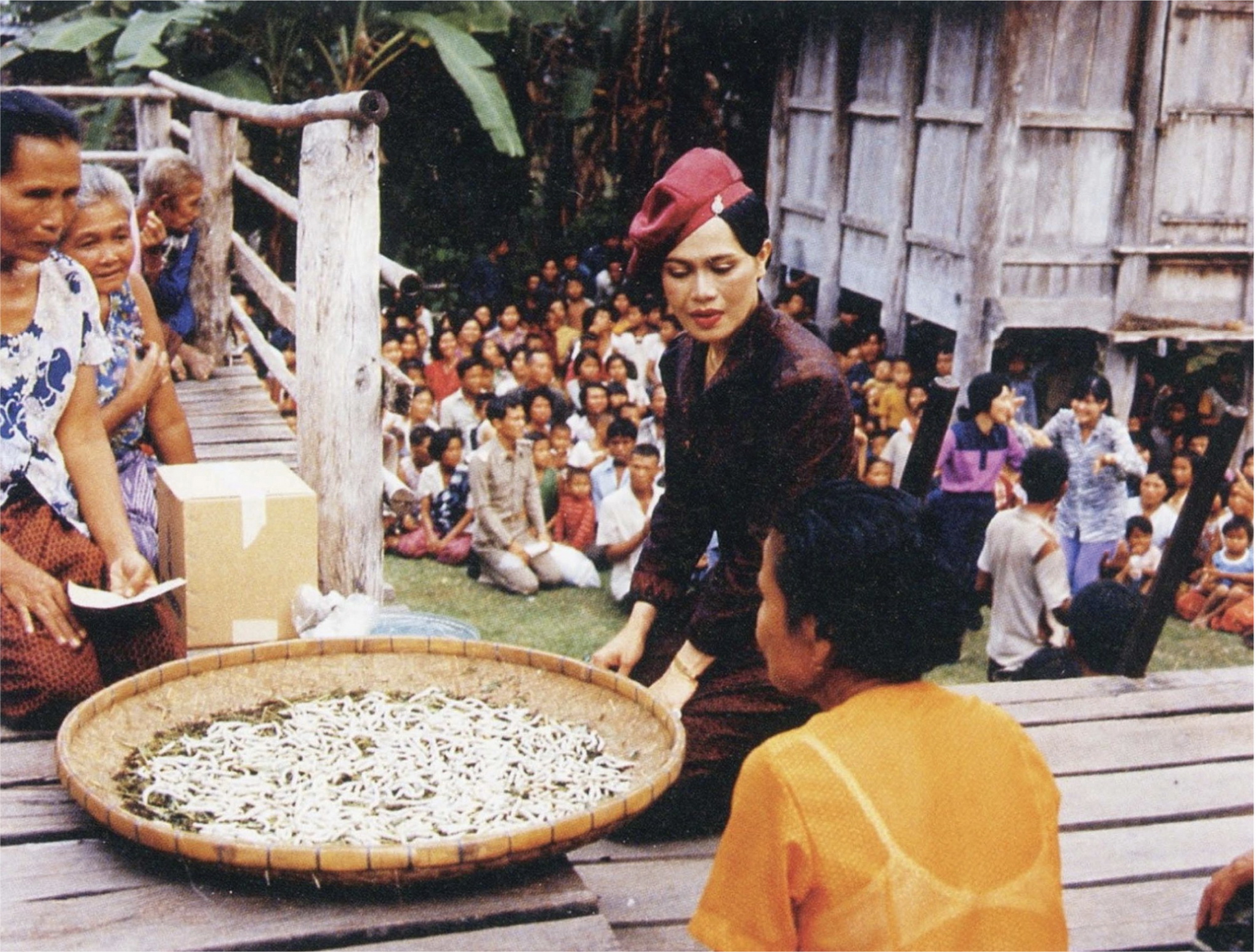
Later, when the Phu Phan Ratchaniwet Palace was built, as the residence of the Royal Family, Her Majesty the Queen, The Queen Mother had the Royal visit throughout the areas. As a result, more and more members of the silk group were on the ascension. Visiting and inspecting works, members of the arts Her Majesty the Queen, The Queen Mother would occasionally stay in place for hours, such as on November 21, 1983, leaving Phu Phan Ratchaniwet Palace from 11.00 a.m. to Wat Tham Klong Pel, Udon Thani. Upon arrival, Her Majesty the Queen, The Queen Mother immediately began the work. There were villagers who brought their works for Her Majesty the Queen, The Queen Mother to inspected with enormous amount. At that time, Her Majesty the Queen, The Queen Mother returned to the Palace almost 04.00 am. on the next day. In some areas where the royal family goes, the villages with the poor, who are in the wilderness, which are heavily poor, and in terrorist zones, Her Majesty the Queen, The Queen Mother encouraged people to pursue occupations that help generate more income. Since then, the starving had improved their livelihoods and can make a living, feed their family, have better life and love their community without abandoning thought of their home town. The royal family visited, and if the villagers complained of poverty, Her Majesty the Queen, The Queen Mother will ask the villagers to weave cloths to sell and have money in return to send their children to school. This is Her Majesty the Queen, The Queen Mother’s wish for the people to have higher education so that they could be qualified people and would have the opportunity to earn a better income. The villagers, who earn money from weaving, are very grateful of Her Majesty the Queen, The Queen Mother.
In 2002, silk and other synthetic fibers were imported from abroad. However, manufacturers still call it "Phamai Thai" or "Thai Silk" for trade, resulting in domestic and foreign buyers being uncertain about the quality of Thai silk. Her Majesty Queen Sirikit, The Queen Mother had the Royal Commission instructed the relevant authorities to find the root causes and solutions to give consumers confidence in Thai silk. This is defined as a regulation for the use of certification marks accordingly. Provisions of Section 82 of the Trademark Act Her Majesty Queen Sirikit, Her Majesty the Queen, has received the royal symbol. Thai peacock is a quality certification mark for Thai silk products. It is divided into 4 types: Royal Peacock Badge, Gold (Royal Thai Silk), Silver (Classic Thai Silk), Blue (Thai Silk) and Green (Thai Silk Blend). It is currently registered as a certification mark for Thai silk products abroad in a total of 36 countries, and in the same year the International Silk Mulberry Commission presented Louis Pasteur with the Award to Her Majesty Queen Sirikit, The Queen Mother as a genius, have wisdom and abilities, and dedicated to devoting Her Majesty’s physical effort to studying and developing mulberry silk in Thailand and other countries, as well as preserving the wisdom of arts and culture and promoting the support of Thai silk, which is considered a national identity, it can generate income for the livelihoods of farmers, stable and sustainable self-reliant career.

Royal Thai Silk
Golden peacock
Use local Thai silk thread for both a warp and weft yarn. Weaving with a folk style loom with a hand bobbin.

Royal Thai Silk
Silver Peacock
Use genuine silk thread for both a warp and weft yarn. Can be woven by any type of loom.
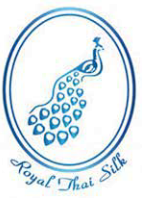
Royal Thai Silk
Blue Peacock
Use local Thai silk thread or improved Thai breed for both a warp and weft yarn. The silk thread must be hand pulled and woven with hand loom.
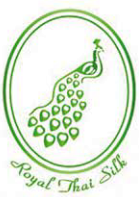
Royal Thai Silk
Green Peacock
Use genuine silk thread as the major component and other types of threads as minor component. Can be woven by any type of loom.